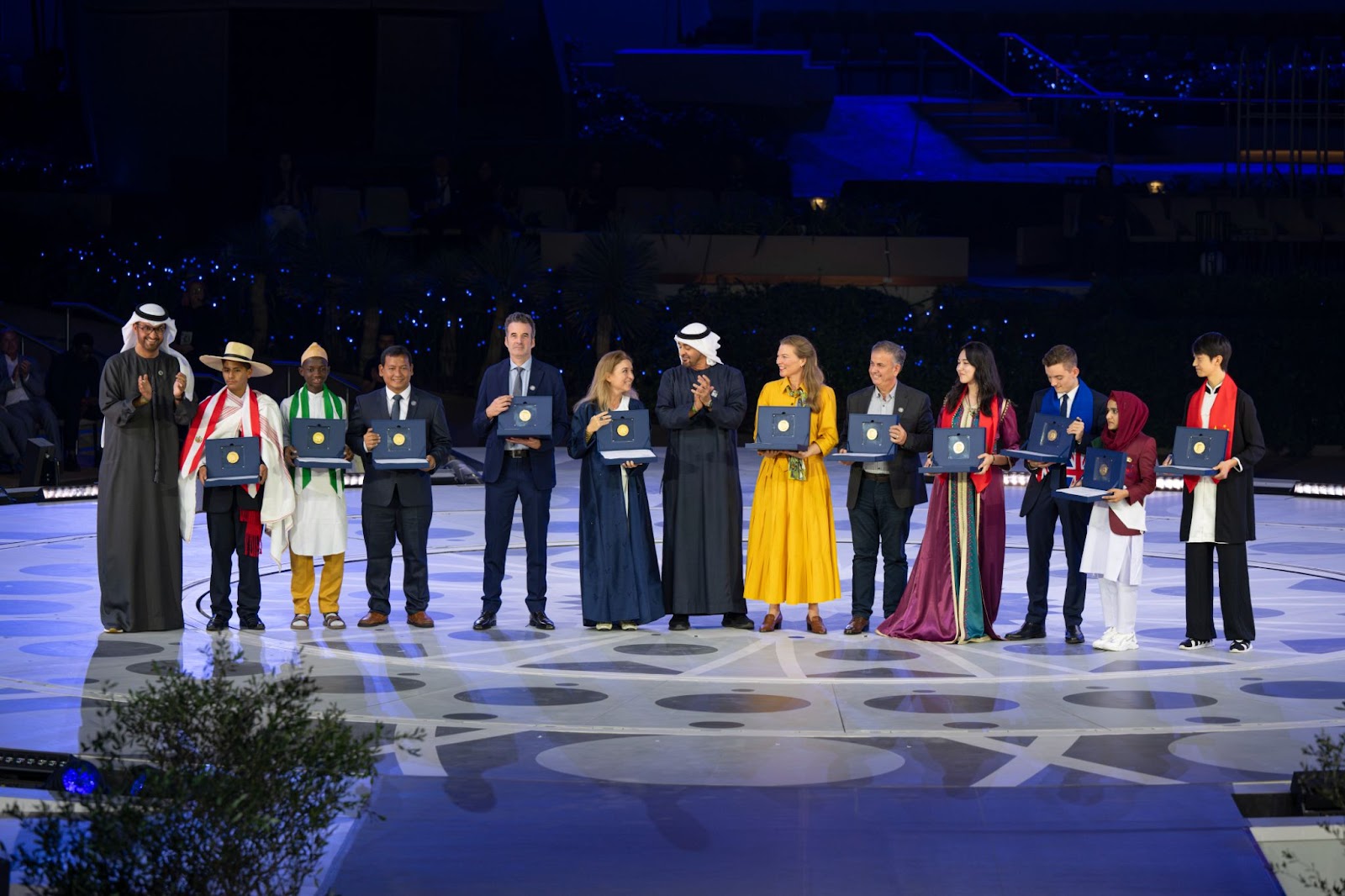Major League Baseball: Athletic Injuries on hand and upper limb
 Miami, July 14th 2014– According to the latest study conducted by the Consumer Product Safety Commission’s National Electronic Injury Surveillance System (NEISS), more than 1.9 million individuals had a sports-related injury that was treated in the recent years. More than 231,000 baseball injuries were treated, 83 percent of the injuries were among men. Among those injuries, broken and/or dislocated fingers and wrist bone fracture. With so many bones, ligaments, tendons, and joints keeping hands and wrists working, there is ample opportunity for severe injury. In fact, injuries to the hand and wrists are some of the most frequently acquiring inquiries
Miami, July 14th 2014– According to the latest study conducted by the Consumer Product Safety Commission’s National Electronic Injury Surveillance System (NEISS), more than 1.9 million individuals had a sports-related injury that was treated in the recent years. More than 231,000 baseball injuries were treated, 83 percent of the injuries were among men. Among those injuries, broken and/or dislocated fingers and wrist bone fracture. With so many bones, ligaments, tendons, and joints keeping hands and wrists working, there is ample opportunity for severe injury. In fact, injuries to the hand and wrists are some of the most frequently acquiring inquiries 

Traumatic (acute) refers to any specific, sharp pain that is of rapid onset or pain that results from a specific traumatic incident such as an athletic injury. Traumatic injuries are more commonly seen in athletes who participate in certain sports that require 

“Major fractures of the hand or wrist occur only during high-speed contact or in older athletes who may have osteoporosis. Complex fractures below the elbow can occur and there is a great variation in the 

Overuse (chronic) injuries are more likely to occur in athletes who engage in sports that require them to repeat a particular movement (i.e., baseball, soccer, tennis, or golf). Overuse injuries are likely to be stress 

Athletic hand and wrist injuries can cause great pain and strain both physically and emotionally. Should you experience a hand or wrist injury while participating in any physical sport where an attending team physician is not present, seek immediate medical attention. It is important to be aware of what the immediate symptoms include, yet symptoms are never limited to the following:
- Sever pain and swelling
- Numbness
- Coldness or grayness in the finger, hand, or wrist
- Abnormal twisting or bending of the finger or hand
- A clicking, grating, or shifting noise while moving your finger, hand, or wrist
- Bleeding that doesn’t stop and persists for more then 10 minutes
Contact your doctor or a specialty physician if mild wrist pain, bruising, or swelling after the injury lingers or does not improve over time.
“Arthoscopy for hand and wrist pathology is a minimally invasive surgical technique used to explore a joint from within. Tiny incisions are used to insert a fiberoptic instrument which serves as a camera to the inside of a joint and allows to not only diagnose a problem but often times concludes what definitive treatment should would be best for the patient. This is opposed to the more standard technique of open joint surgery, which can result in increased scarring and prolonged recovery time. ” – States Dr. Alejandro Badia.
Final treatment depends on the location, type, duration, and severity of the injury. Some injuries may require surgery, such as ligament tears. The key point to a fast recovery is to seek evaluation by a dedicated upper extremity specialist. The general orthopedic surgeon often addresses simple fractures, but the highly competitive athlete truly needs an optimal result in order to maximize their return to full function. Given timely and precise treatment, there is no reason why a professional or any sportsman should not be able to return to their regular lifestyle after sustaining an injury to their hand or wrist.
Alejandro Badia, MD, FACS is a hand and upper extremity surgeon. He studied physiology at Cornell University and obtained his medical degree at NYU, where he also trained in orthopedics. A hand fellowship at Alleghany General Hospital in Pittsburgh was followed by an AO trauma fellowship in Freiburg, Germany. He runs an active international hand fellowship, serves on the editorial board of two hand journals, and organizes a yearly Miami meeting for surgeons and therapists that are devoted to upper limb arthroscopy and arthroplasty (www.miamihandcourse.com). This international meeting is held at the world-renowned Miami Anatomical Research Center (M.A.R.C.), the world’s largest surgical cadaveric training lab that Dr. Badia co-founded in 2005.
In 2008, he opened the Badia Hand to Shoulder Center, a fully integrated clinical facility for the upper limb encompassing digital radiography, MRI extremity imaging, Integra rehabilitation facility and the Surgery Center at Doral. More recently, Dr. Badia inaugurated OrthoNOW, the first immediate orthopedic care center in South Florida which is staffed by surgeons from the International Orthopedic Group (IOG), a group of surgeons from lower extremity, upper limb and spine subspecialties who also treat elective orthopedic problems in international patients. He is member of the ASSH, AAHS, AAOS as well as honorary member of many foreign hand surgery societies.
Dr. Alejandro Badia can be reached via www.drbadia.com, a patient education portal and website for hand surgeon academic exchange. For a Miami appointment please call 786-245-0590 or email [email protected]





